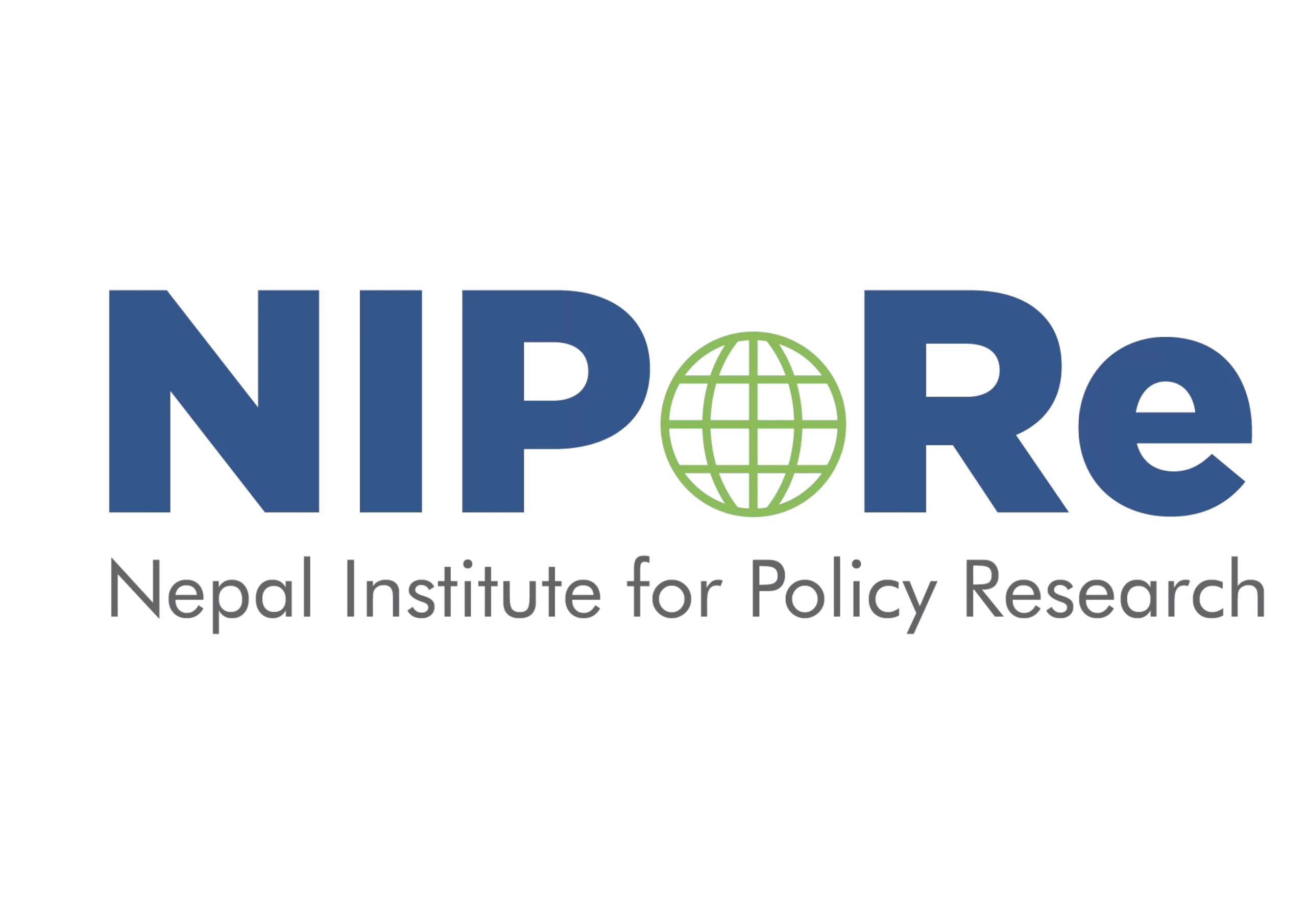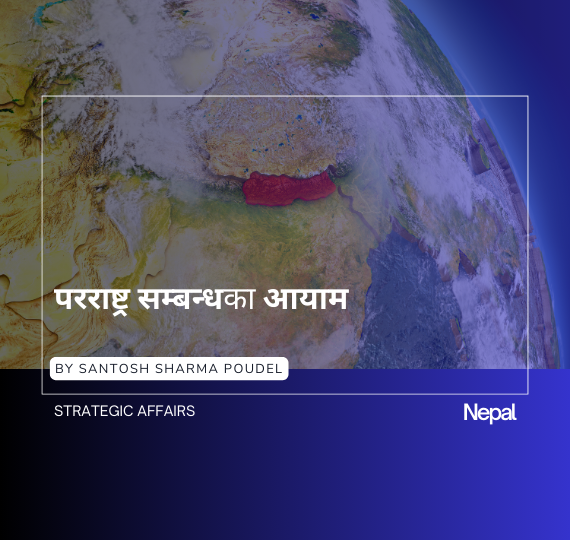Education is one of the most important aspects of human beings that drives human skills, art, and creativity. Without education, human values and ethics do not come along. But since last March 2020, the physical classes have been completely closed due to the Covid-19 pandemic. As an alternative ICT (Information Communication Technology) came along creating an opportunity for online education that flourished around the world. An immediate shift from regular physical classes to online classes was a big jump for both teachers as well as students but there was no other alternative. Due to this the demand for internet users as well as mobile penetration has increased. The digital divide has been occurring since then as many students could not afford expensive mobile, televisions, and laptops of their own. From the government level, many policies related to ICT and different actions have been taken from the local level regarding ICT development. Technology has taken more control over our lives now as mobility is strictly prohibited. During this pandemic time, new policies related to ICT and different technological support have been taken to make sure that the flow of the teaching and learning process is not disturbed.




